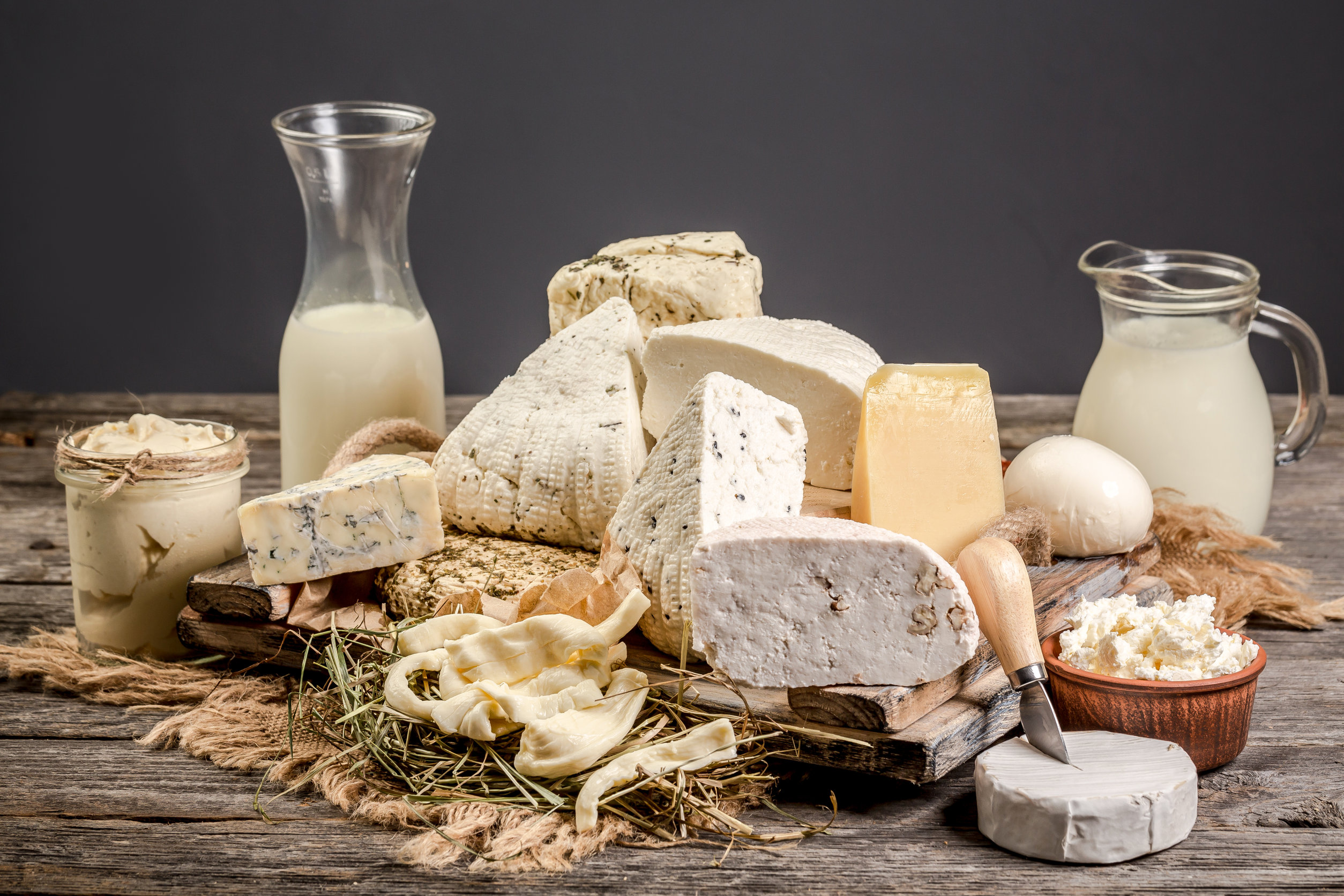Cernobbio
What to eat
The Lake Como area tells its history and culture through its culinary tradition. A cuisine that offers dishes linked to the territory, lake and mountains. The dishes encapsulate tradition, know-how and passion related to raw materials. A traditional poor cuisine that mixes typical mountain and lake flavors with a strong and decisive character.
POLENTA

Polenta stands as the undisputed queen of the typical products of Lake Como. It is a poor dish with simple basic ingredients such as corn and buckwheat flour, water and salt that was prepared by peasant families and was the main meal. Its simple taste makes it an easy ingredient to combine, in fact there are several variations to taste. One of the most characteristic is the “uncia” version with the addition of alpine cheese, garlic, sage grass and butter. A great classic especially in winter to face the low temperatures in a pleasant and tasty way.
RISOTTO WITH PERCH

One of the typical dishes that meets mountain flavor with that of the lake is risotto with perch. The fish “persico” or “ul persic” in dialect is a freshwater fish with white flesh and delicate flavor, which can be caught in Lake Garda or Lake Maggiore. The preparation of the dish begins the fish broth where the uncooked rice is added, once the cooking is finished, tradition dictates that the fillets of the fried perch are laid on top of the rice. This is a simple and rich dish whose origin is ancient but above all runs through the popular culture of the area.
CHEESES

The products that best tell the story of Lombardy’s territory and tradition are the cheeses. The “furmagitt,” in the local dialect, are the goat cheeses that are produced on the mountains and in the mountain pastures. The production is very varied and they are made following traditional preparations handed down from father to son, artisanal products with a unique flavor. Perfect to eat au naturel or with the addition of pepper, oil or herbs grown in the area. A typical food product that represents the exaltation of a wise tradition and history.

